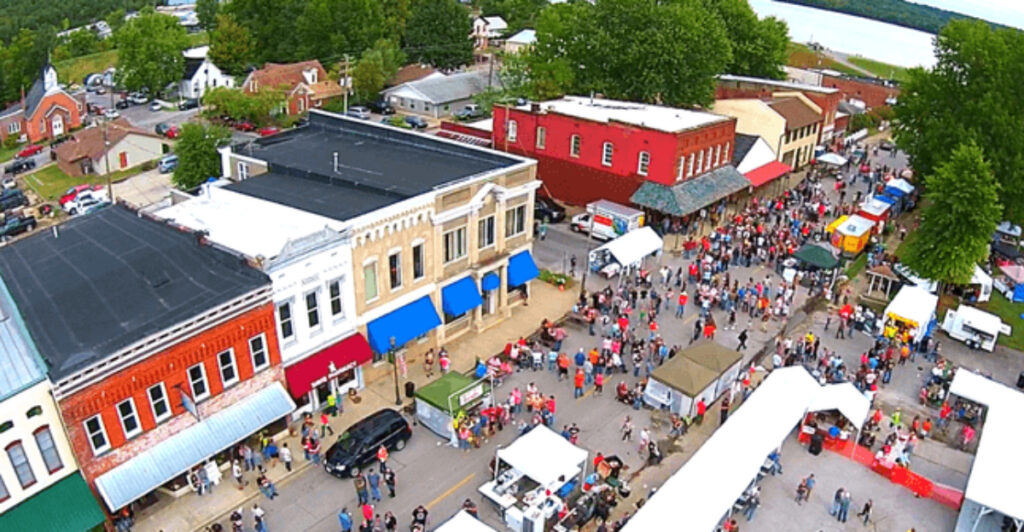Golconda, Illinois sits quietly along the Ohio River like a forgotten postcard from America’s past. Founded in 1798, this charming town has managed to preserve its 19th-century character while the modern world rushed by around it.
Walking through its historic streets feels like stepping back in time, where Victorian buildings stand proud and the river still whispers stories of steamboats and settlers.
1. Sarah Lusk’s Legacy Lives On in Illinois History
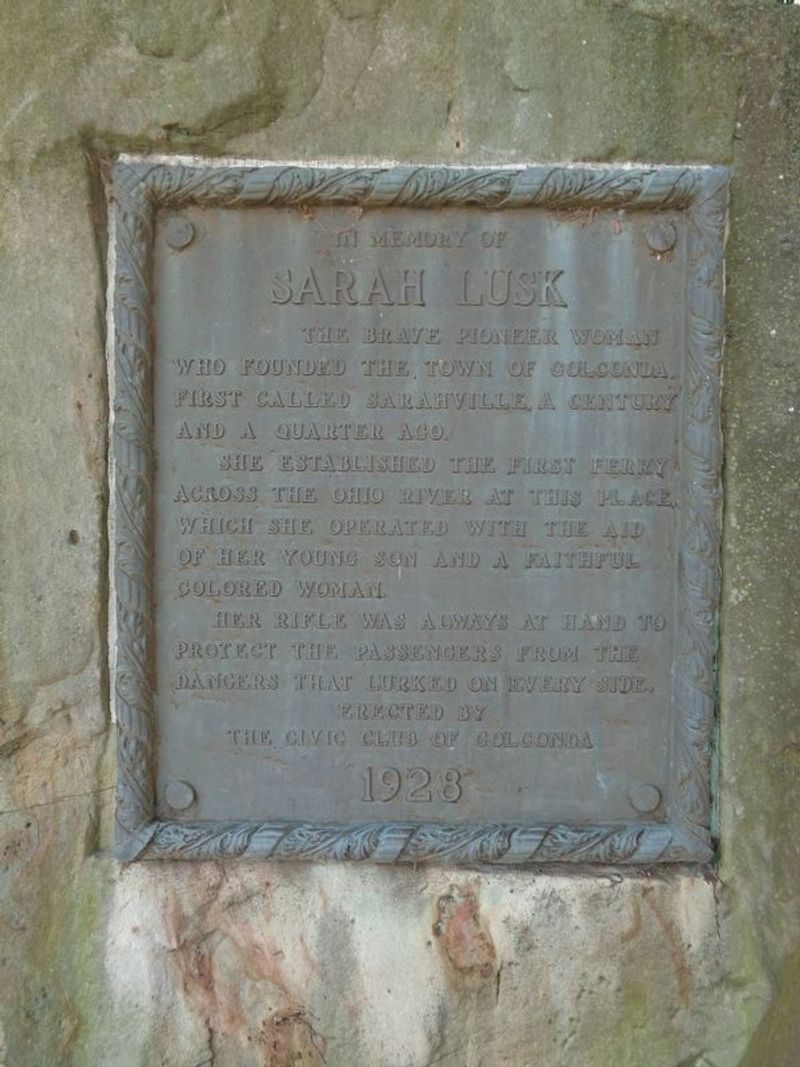
Back in 1798, a brave pioneer woman named Sarah Lusk established what would become one of Illinois’ most treasured historic towns. Originally called Sarahville in her honor, this settlement marked the beginning of something special along the Ohio River.
Today, visitors can find a commemorative plaque outside the Pope County Courthouse that pays tribute to Sarah’s pioneering spirit. Her courage to establish a community in the wilderness laid the foundation for what would grow into a thriving river town.
Sarah’s story reminds us that many of America’s great places started with ordinary people making extraordinary decisions to build something lasting.
2. From Sarahville to Golconda: A Name Change with Purpose
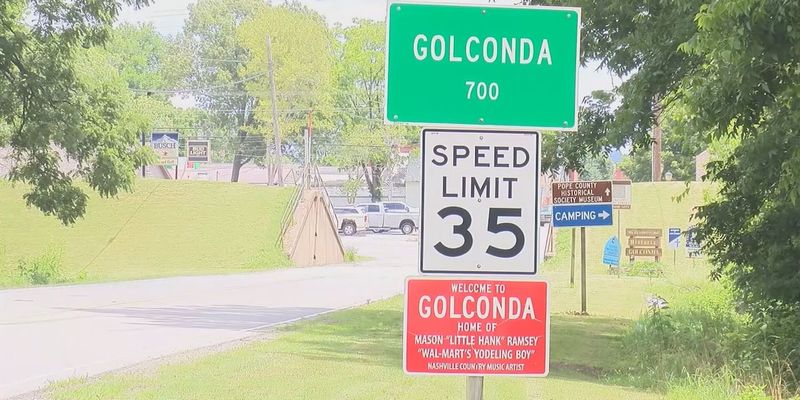
The town’s transformation from Sarahville to Golconda reflects its growing importance as a river trading post. Named after the legendary city of wealth, Golconda became a crucial stop for travelers and merchants navigating the Ohio River system.
Positioned as the eastern gateway to Shawnee National Forest, the town served as a natural meeting point between river commerce and wilderness adventure. Steamboats would dock here regularly, bringing goods, news, and people from distant places.
This strategic location helped Golconda flourish during the 19th century, establishing the economic foundation that allowed so many historic buildings to be constructed and preserved for future generations to enjoy.
3. Ohio River Scenic Byway Showcases Natural Beauty
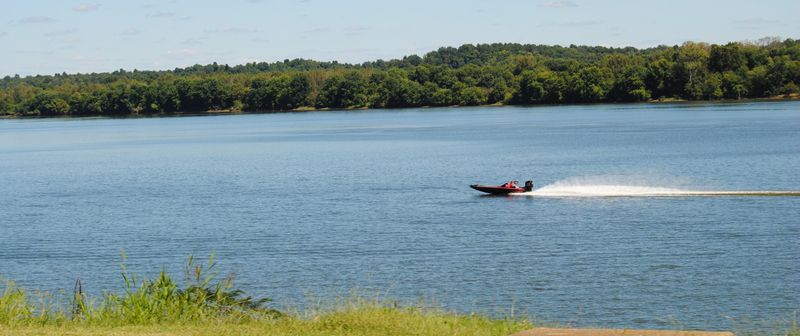
Golconda’s position along the Ohio River Scenic Byway offers visitors breathtaking views that haven’t changed much since the 1800s. The gentle curves of the river create perfect reflections of towering trees and historic buildings.
Morning mist often rises from the water, creating an almost magical atmosphere that photographers and nature lovers find irresistible. The combination of river views and forest proximity gives the town a peaceful, timeless quality.
Whether you’re driving through or stopping to walk along the riverbank, the scenery provides a natural backdrop that perfectly complements the town’s historic architecture and old-world charm.
4. Main Street Architecture Frozen in Time
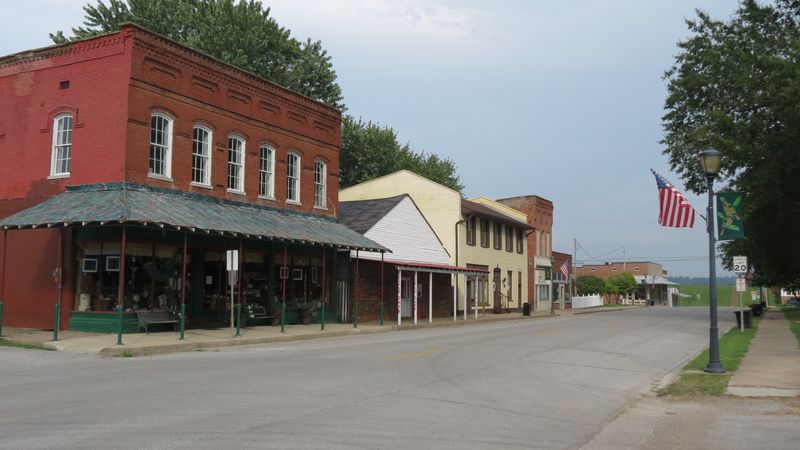
Walking down Golconda’s Main Street feels like entering a living museum of 19th-century American architecture. The distinctive Mesker-style storefronts showcase ornate metalwork and detailed facades that were popular during the Victorian era.
Many buildings still display their original Victorian-era placards, complete with elaborate typography and decorative elements. The entire downtown area earned recognition on the National Register of Historic Places as the Golconda Historic District.
Each building tells its own story through architectural details like cornices, window treatments, and doorway designs. Preservation efforts have maintained the authentic character while ensuring these structures remain functional for modern use.
5. Pope County Courthouse: 150 Years of Justice
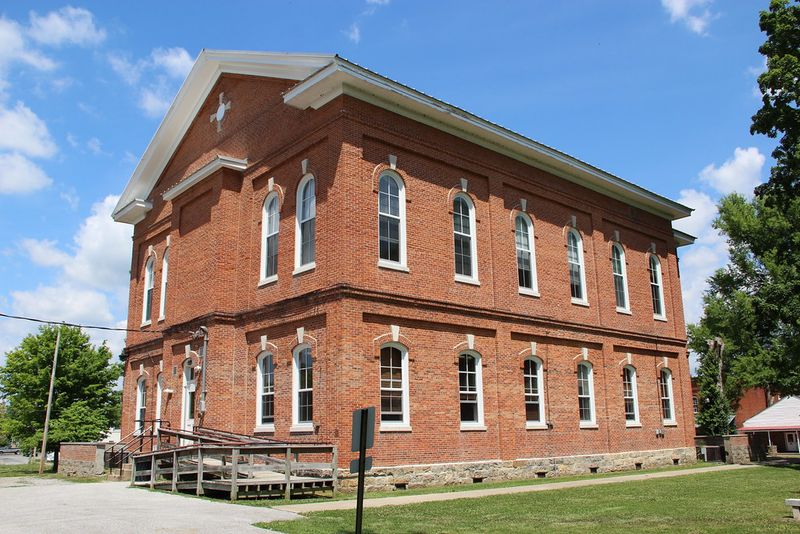
The impressive red-brick Pope County Courthouse has been serving the community continuously since 1872, making it one of Illinois’ oldest active courthouses. Its sturdy construction and classic design represent the best of 19th-century civic architecture.
Built to last, the courthouse features thick brick walls, tall windows, and a commanding presence that reflects the importance of justice in frontier communities. The building’s interior still contains original woodwork and fixtures.
Local residents take pride in maintaining this symbol of their community’s commitment to law and order. Court sessions, county business, and community meetings continue to take place within these historic walls, just as they have for over a century.
6. Churches That Built Community Faith
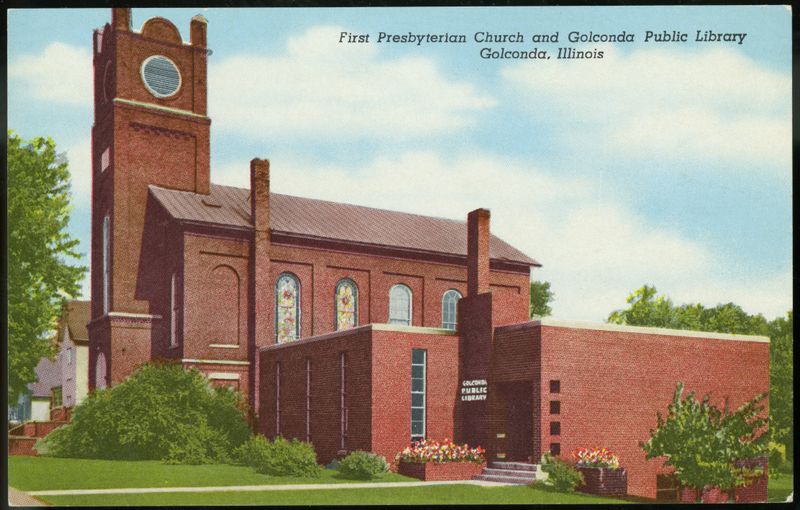
The First Presbyterian Church stands as a testament to Golconda’s deep religious roots, with its current building dating to 1869 and its congregation established way back in 1819. The church’s simple yet elegant design reflects the practical faith of frontier families.
Several other mid-19th century churches dot the historic district, each representing different denominations that served the growing river community. These buildings showcase various architectural styles popular during their construction periods.
Sunday services still fill these historic sanctuaries with hymns and prayers, maintaining traditions that began when Golconda was just a small settlement. The churches continue serving as community gathering places for both worship and social events.
7. Alexander Hall Buel House: A Family’s Generous Spirit
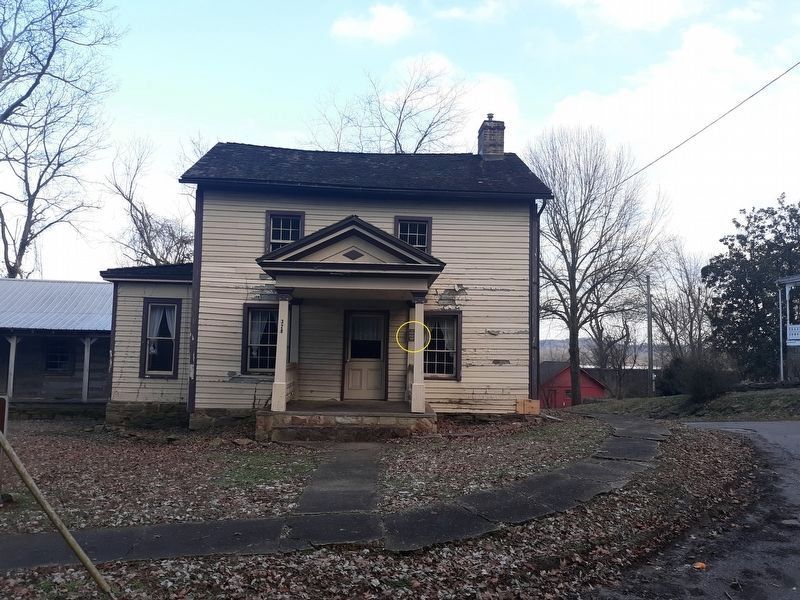
Built in 1841, the Alexander Hall Buel House represents more than just historic architecture—it embodies the compassionate spirit of its original family. The Buels were tanners by trade, but they’re remembered most for their kindness during one of America’s darkest chapters.
When Cherokee families passed through Golconda during the Trail of Tears, the Buel family donated pumpkins and other provisions to help feed the displaced people. This act of humanity shows how ordinary families made extraordinary differences during difficult times.
The house remained in the Buel family for 145 years until 1986, creating an unbroken chain of family history that connects directly to the town’s founding era.
8. Trail of Tears Connection Adds Depth to History
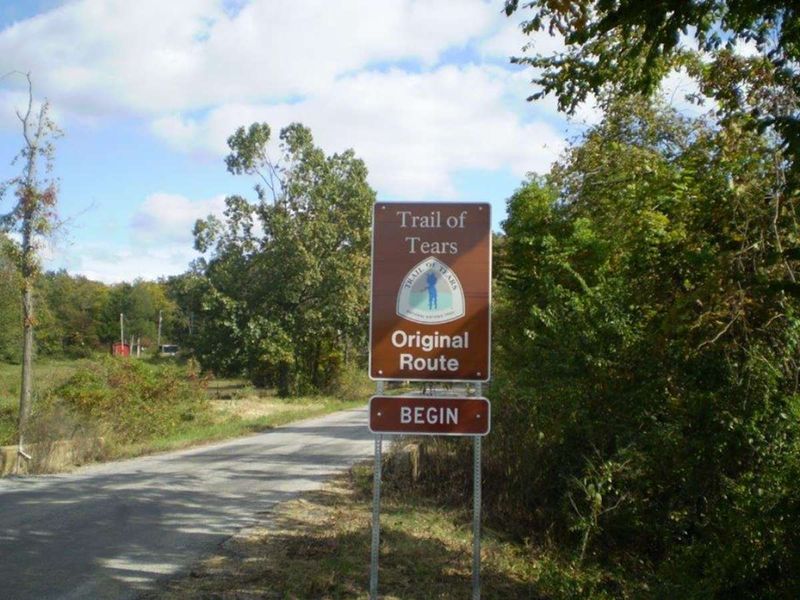
Golconda’s location along the Ohio River placed it directly on the route used during the Cherokee Trail of Tears, one of America’s most tragic forced relocations. Thousands of Cherokee people passed through this area during their devastating journey westward.
Local families like the Buels offered what help they could, providing food and assistance to the displaced Cherokee families. These acts of kindness represent bright spots of humanity during a dark period in American history.
Today, this connection adds a poignant layer to Golconda’s story, reminding visitors that small towns often played important roles in major historical events. The town acknowledges this history as part of its heritage.
9. Self-Guided Audio Tours Bring History to Life

Modern technology meets historic preservation through Golconda’s innovative phone-based audio tour system. Visitors simply dial a number and enter location-specific codes to hear fascinating stories about various landmarks throughout the town.
Each stop reveals different aspects of Golconda’s rich history, from architectural details to personal stories of families who lived and worked in these buildings. The audio format allows people to explore at their own pace.
This system makes the town’s history accessible to everyone, whether you’re a history buff seeking detailed information or a casual visitor wanting to learn something new. The tours transform a simple walk into an engaging educational experience.
10. Riverfront Marina Offers Peaceful Retreat

Golconda’s peaceful marina provides a serene escape where time seems to move at the gentle pace of the Ohio River current. Boat slips accommodate both local fishing boats and visiting pleasure craft exploring the river system.
Walking paths along the riverbank offer perfect spots for picnics, fishing, or simply sitting quietly while watching the water flow by. The views haven’t changed significantly since steamboat days, creating a timeless atmosphere.
Sunrise and sunset paint the river in brilliant colors, while the sound of water lapping against the shore provides natural relaxation therapy. Many visitors find this riverfront setting ideal for reflection and photography.
11. Seasonal Festivals Celebrate Local Flavor
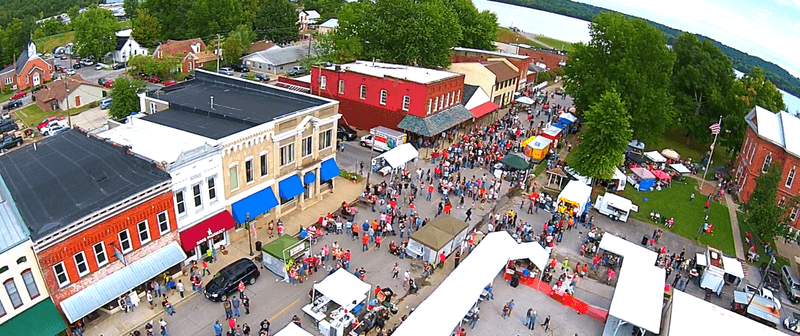
Despite having only 600 residents, Golconda hosts some surprisingly impressive seasonal celebrations that draw visitors from across the region. The September Shrimp Festival earned recognition from National Geographic Traveller as Illinois’ top food festival.
Fall brings additional festivities including traditional county fairs and deer festivals that celebrate the area’s hunting heritage and agricultural roots. These events showcase local talents, crafts, and cuisine while bringing the community together.
Each festival reflects the town’s character—friendly, authentic, and rooted in tradition. Visitors often comment on the genuine hospitality and the chance to experience small-town America at its finest during these special events.

